BURGLAR-ON-A-SHELF, No. 1141 DEAN ST (1911)
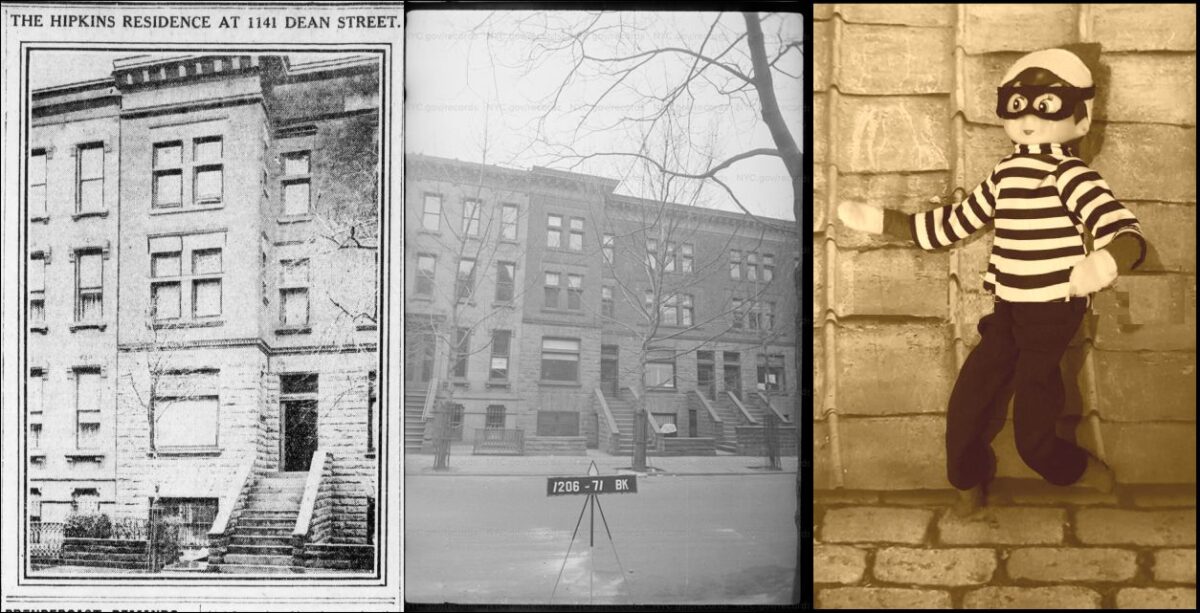
Brownstone Detectives investigates the history of our clients’ homes.
The story you are about to read was composed from research conducted in the course of one of those investigations.
Do you know the history of YOUR house?
********************************************************************************************************************************
Nearly a month after Christmas of 1910, a daring brownstone burglary occurred.
(Or, at least, it was thought to have come to pass.)
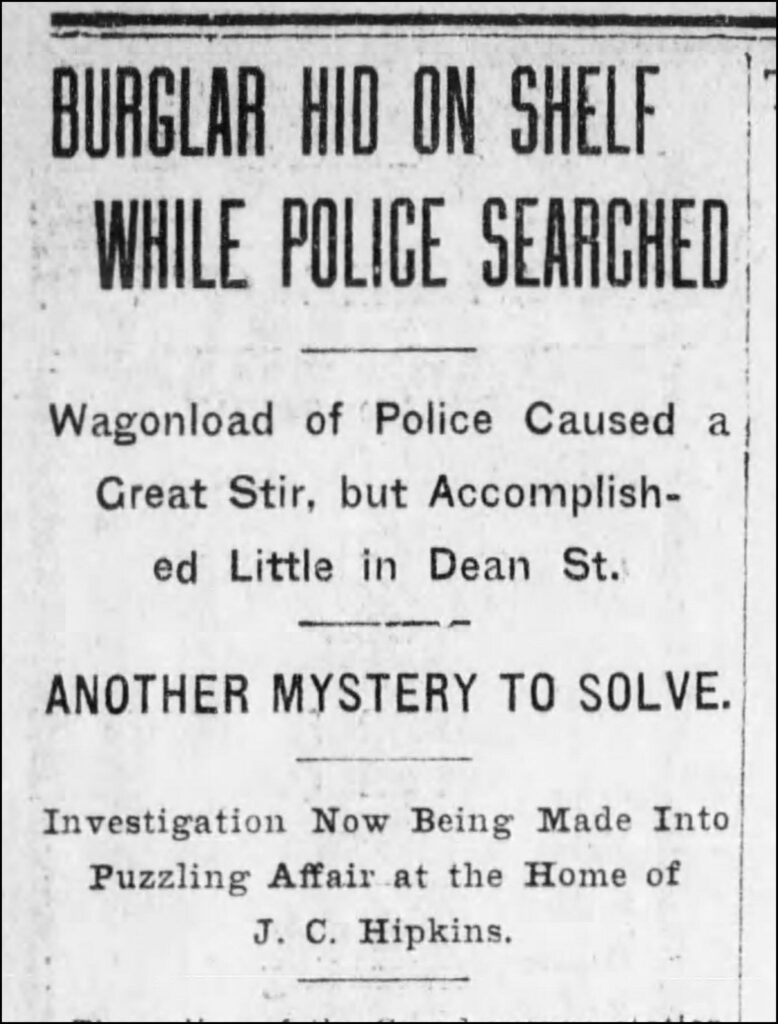
The incident took place in a fashionable neighborhood of Brooklyn – where such acts are rarely mentioned (outside of the servants).
The burglar was never discovered, although a large number of police reserves and detectives had responded to the call and combed the house and the neighborhood.
The police never solved the crime – nor did they even prove that it had ever taken place.
But their presence on the upper-crust street caused quite the hubbub where many upstanding residents lived – many of whom feared their residence would be the next target.
NOW YOU SEE ME, NOW YOU DON’T
“The police of the Grand avenue station are to-day stil investigating the circumstance surrounding the calling out of the reserves and detectives to 1141 Dean street, the residence of J. C. Hipkins,” noted the Brooklyn Daily Eagle on 21 January 1911.
Hipkins, whose full name was John Clifton Hipkins, was an insurance broker who lived in a “fashionable” neighborhood, the residents of which, the Eagle said, were “still agitated over the occurrence, which transpired about 5 o’clock Thursday afternoon.
“The Hipkins residence,” the paper continued, “is just across the street from the Union League Club, and the members of that organization were among the interested spectators, who watched the police in a very lively burglar hunt which the sleuths carried on in answer to a hurried call by telephone for help.”
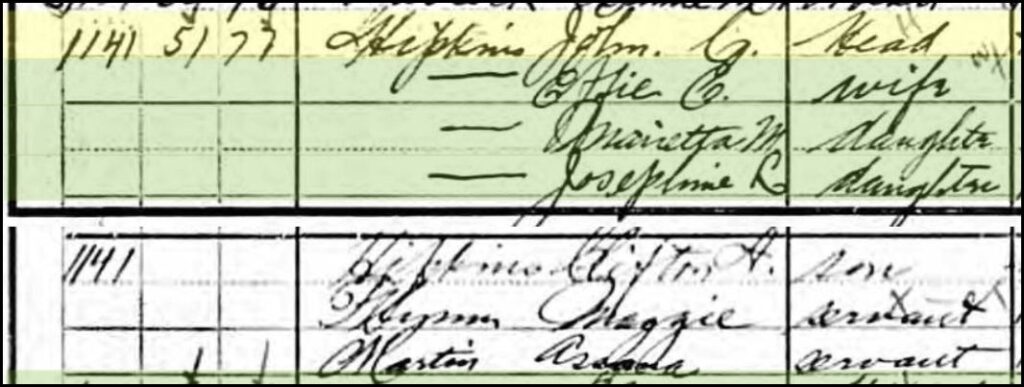
No members of the Hipkins family – nor their servants – officially went on record for the “page 2” story, but the neighborhood had plenty of contributors, none of whom would go on record, as well, apparently.
“According to one of the neighbors, the vigilance of the police availed them nothing, as no evidence of a burglar or burglary were found. Yet, after the departure of the detectives, it is said, the burglar came forth from his hiding place on a shelf in one of the closets, helped himself to silverware which he found at hand, and broke his way out of one of the windows of the ground floor and made good his escape.”
So went the rumor that could not be proved. No one ever saw an unknown person inside or outside of the house during this period, but there were many who spoke to reporters about the incident.
To set the record straight, the police also spoke.
A WAGON LOAD OF RESERVES AND DETECTIVES
“The story told by the police and the residents of the house was to the effect that the careful search instituted by the sleuths showed no evidence of any intruder in the house. There were said to be no marks of a jimmy or a forcible entrance having been made, nor any evidence of burglary or disturbance of any of the effects or property in any of the rooms in the Hipkins’ residence.”
Then, who could have made the alarm? Had it been a neighbor? A servant? One of the Hipkins’ three children (Marietta, 15, Josephine, 14, or John, Jr., 13), Mr. or Mrs. Hipkins, themselves?
No one was talking, apparently.
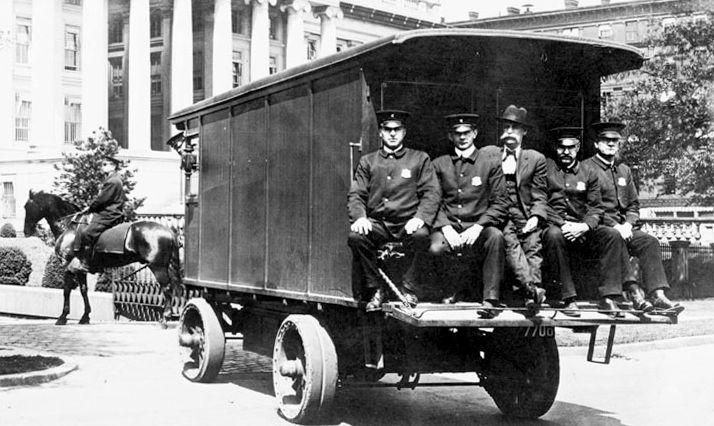
“It was shortly after 5 o’clock when the telephone in Police Headquarters rang, and an excited voice called for police for help to be sent immediately to the house at 1141 Dean street, as noises had been heard in the house, which were supposed to indicate the presence of a burglar.”
A telephone call to Police Headquarters was not a call made lightly. It is probable that the call came from someone with some pull downtown.
“The Grand avenue police station was then ‘phoned to by headquarters, with orders to take a load of detectives to the house on a rush. Captain Murphy loaded up the patrol with reserves and detectives, and a quick run was made to the house.”
It wasn’t made clear if anyone was home or who let the police into the house.
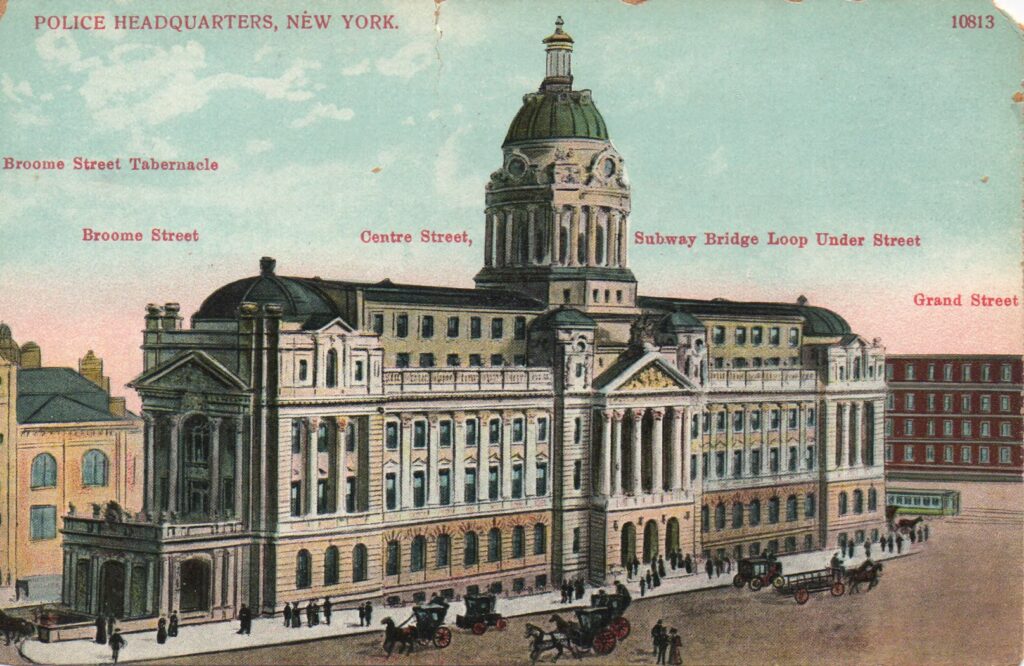
“There they went from cellar to attic in a systematic and thorough search of all the rooms, and found no signs of burglars or disturbance of any sort. After leaving the house, an officer of the bicycle squad was detailed to patrol the neighborhood to watch for any suspicious characters. None were seen and no arrest could be made.
“One of the neighbors afterward stated that members of the Hipkins household had been said to have attributed the noises, after the excitement died down, to a dog on the porch in the rear of the house.
The neighborhood generally, however, is inclined to give credence to the story that the burglar had successfully secreted himself during the police search and after their departure, had broken out with some plunder and made good his escape.”
Or was this merely wishful thinking?
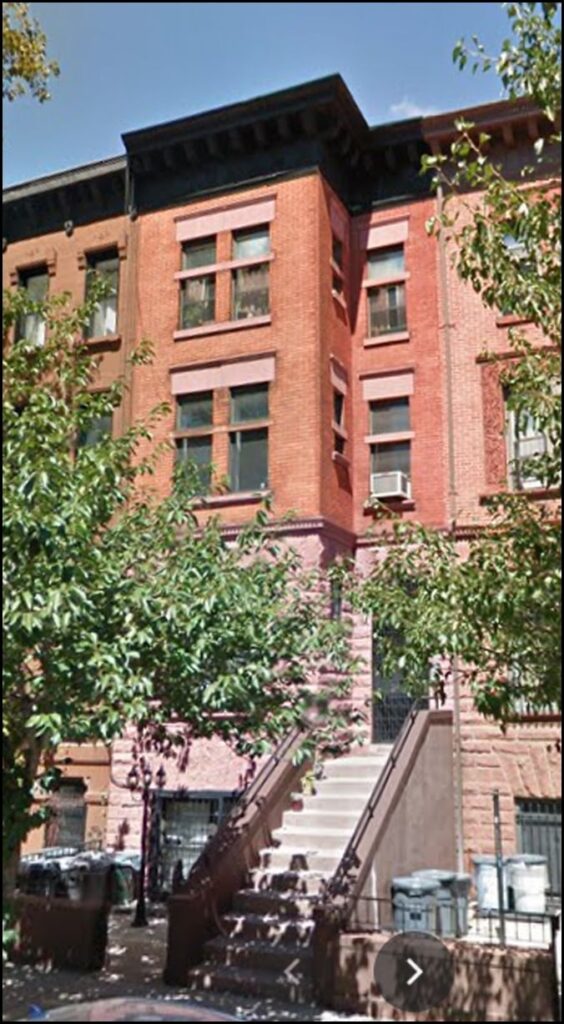
“This theory is scouted, however, by the Hipkins who, according to the neighbors, denied that anything had been stolen or a window broken by a fleeing intruder.”
Thus, the story of the burglar-on-a-shelf receded into the community’s memory, a product of a lack of evidence, although no small lack of imagination.
POSTSCRIPT
There was no indication in the newspapers that a burglar of the Hipkins brownstone was ever discovered.
By March of 1911, however – little more than just a month after the occurrence – J. C. Hipkins purchased No. 594 Fifth Street in Park Slope, a distance of approximately 2.3 miles away, to which the family immediately moved.
Perhaps the attention was too much for Hipkins. Perhaps there was some secret shame that we do not know about. Possibly, the burglary was the result of an inside-crime.
Whatever the truth, as the Hipkins family disappeared to another part of Brooklyn, so, too, did the appearance of the burglar-on-a-shelf fade with them into history.
———————————————————————————————————————–
 Brownstone Detectives is an historic property research agency. Our mission is to document and save the histories of our clients’ homes. From our research, we produce our celebrated House History Books and House History Reports. Contact us today to begin discovering the history of your home.
Brownstone Detectives is an historic property research agency. Our mission is to document and save the histories of our clients’ homes. From our research, we produce our celebrated House History Books and House History Reports. Contact us today to begin discovering the history of your home.